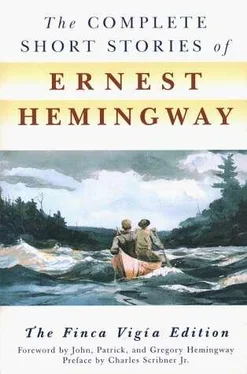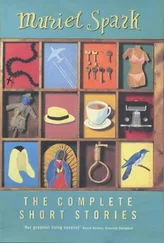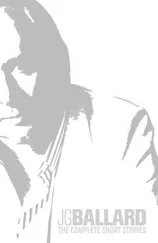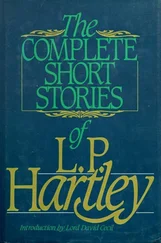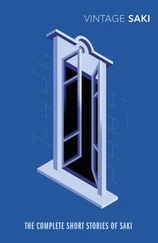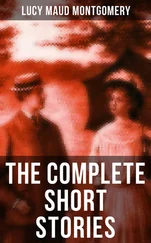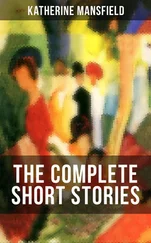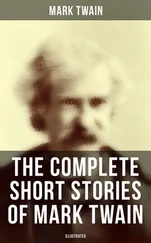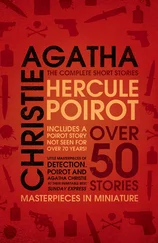Later stories, also set in America, relate to Hemingway’s experiences as a husband and father, and even as a hospital patient. The cast of characters and the variety of themes became as diversified as the author’s own life. One special source of material was his life in Key West, where he lived in the twenties and thirties. His encounters with the sea on his fishing boat Pilar , taken together with his circle of friends, were the inspiration of some of his best writing. The two Harry Morgan stories, “One Trip Across” ( Cosmopolitan , May 1934) and “The Tradesman’s Return” ( Esquire , February 1936), which draw from this period, were ultimately incorporated into the novel To Have and Have Not , but it is appropriate and enjoyable to read them as separate stories, as they first appeared.
Hemingway must have been one of the most perceptive travelers in the history of literature, and his stories taken as a whole present a world of experience. In 1918 he signed up for ambulance duty in Italy as a member of an American Field Service unit. It was his first transatlantic journey and he was eighteen at the time. On the day of his arrival in Milan a munitions factory blew up, and with the other volunteers in his contingent Hemingway was assigned to gather up the remains of the dead. Only three months later he was badly wounded in both legs and hospitalized in the American Red Cross hospital in Milan, with subsequent outpatient treatment. These wartime experiences, including the people he met, provided many details for his novel of World War I, A Farewell to Arms . They also inspired five short story masterpieces.
In the 1920s he revisited Italy several times; sometimes as a professional journalist and sometimes for pleasure. His short story about a motor trip with a friend through Mussolini’s Italy, “Che Ti Dice La Patria?,” succeeds in conveying the harsh atmosphere of a totalitarian regime.
Between 1922 and 1924 Hemingway made several trips to Switzerland to gather material for The Toronto Star . His subjects included economic conditions and other practical subjects, but also accounts of Swiss winter sports: bobsledding, skiing, and the hazardous luge. As in other fields. Hemingway was ahead of his compatriots in discovering places and pleasures that would become tourist attractions. At the same time, he was storing up ideas for a number of his short stories, with themes ranging from the comic to the serious and the macabre.
Hemingway attended his first bullfight, in the company of American friends, in 1923, when he made an excursion to Madrid from Paris, where he was living at the time. From the moment the first bull burst into the ring he was overwhelmed by the experience and left the scene a lifelong fan. For him the spectacle of a man pitted against a wild bull was a tragedy rather than a sport. He was fascinated by its techniques and conventions, the skill and courage required by the toreros , and the sheer violence of the bulls. He soon became an acknowledged expert on bullfighting and wrote a famous treatise on the subject. Death in the Afternoon . A number of his stories also have bullfighting themes.
In time, Hemingway came to love all of Spain—its customs, its landscapes, its art treasures, and its people. When the Spanish Civil War broke out in the last week of July 1936, he was a staunch supporter of the Loyalists, helping to provide support for their cause and covering the war from Madrid as a correspondent for the North American Newspaper Alliance. Out of the entirety of his experiences in Spain during the war he produced seven short stories in addition to his novel, For Whom the Bell Tolls , and his play. The Fifth Column . It was one of the most prolific and inspired periods of his writing career.
In 1933, when his wife Pauline’s wealthy uncle Gus Pfeiffer offered to stake the Hemingways to an African safari, Ernest was totally captivated by the prospect and made endless preparations, including inviting a company of friends to join them and selecting suitable weapons and other equipment for the trip.
The safari itself lasted about ten weeks, but everything he saw seems to have made an indelible impression on his mind. Perhaps he regained, as the result of his enthusiasm and interest, a childlike capacity to record details almost photographically. It was his first meeting with the famous white hunter Phillip Percival, whom he admired at once for his cool and sometimes cunning professionalism. At the end of the safari, Hemingway had filled his mind with images, incidents, and character studies of unique value for his writings. As the harvest of the trip he wrote the nonfiction novel Green Hills of Africa , and some of his finest stories. These include “The Short Happy Life of Francis Macomber” and “The Snows of Kilimanjaro” as well as “An African Story,” which appeared as a story within a story in The Garden of Eden , a novel published posthumously in May 1986.
In spite of the obvious importance of the Paris years on Hemingway’s development as a writer, few of his short stories have French settings. He was aware of that fact and in his preface to A Moveable Feast wistfully mentions subjects that he might have written about, some of which might have become short stories.
During World War II Hemingway served as a war correspondent covering the Normandy invasions and the liberation of Paris. It seems that he also assembled a group of extramilitary scouts keeping pace with the retreating Germans. The balance between fiction and nonfiction in his stories of the period, including the previously unpublished “Black Ass at the Cross Roads,” may never be determined.
Toward the end of his life Hemingway wrote two fables for the child of a friend, “The Good Lion” and “The Faithful Bull,” which were published by Holiday in 1951 and are reprinted here. He also published two short stories in The Atlantic Monthly , “Get a Seeing-Eyed Dog,” and “A Man of the World” (both December 20, 1957).
We have grouped seven previously unpublished works of fiction at the back of the book. Four of these represent completed short stories; the other three comprise extended scenes from unpublished, uncompleted novels.
All in all, this Finca Vigía edition contains twenty-one stories that were not included in “The First Forty-nine.” The collection is named for Hemingway’s home in San Francisco de Paula, Cuba. He lived at Finca Vigía (“Lookout Farm”) on and off during the last two decades of his life. The finca was dear to his heart and it seems appropriate now that it should contain a major portion of his life work, which was even more dear.
—CHARLES SCRIBNER, JR.
Part I
“The First Forty-nine”
Preface to “The First Forty-nine”
THE FIRST FOUR STORIES ARE THE LAST ones I have written. The others follow in the order in which they were originally published.
The first one I wrote was “Up in Michigan,” written in Paris in 1921. The last was “Old Man at the Bridge,” cabled from Barcelona in April of 1938.
Beside The Fifth Column , I wrote “The Killers,” “Today Is Friday,” “Ten Indians,” part of The Sun Also Rises and the first third of To Have and Have Not in Madrid. It was always a good place for working. So was Paris, and so were Key West, Florida, in the cool months; the ranch, near Cooke City, Montana; Kansas City; Chicago; Toronto, and Havana, Cuba.
Some other places were not so good but maybe we were not so good when we were in them.
There are many kinds of stories in this book. I hope that you will find some that you like. Reading them over, the ones I liked the best, outside of those that have achieved some notoriety so that school teachers include them in story collections that their pupils have to buy in story courses, and you are always faintly embarrassed to read them and wonder whether you really wrote them or did you maybe hear them somewhere, are “The Short Happy Life of Francis Macomber,” “In Another Country,” “Hills Like White Elephants,” “A Way You’ll Never Be,” “The Snows of Kilimanjaro,” “A Clean, Well-Lighted Place,” and a story called “The Light of the World” which nobody else ever liked. There are some others too. Because if you did not like them you would not publish them.
Читать дальше
